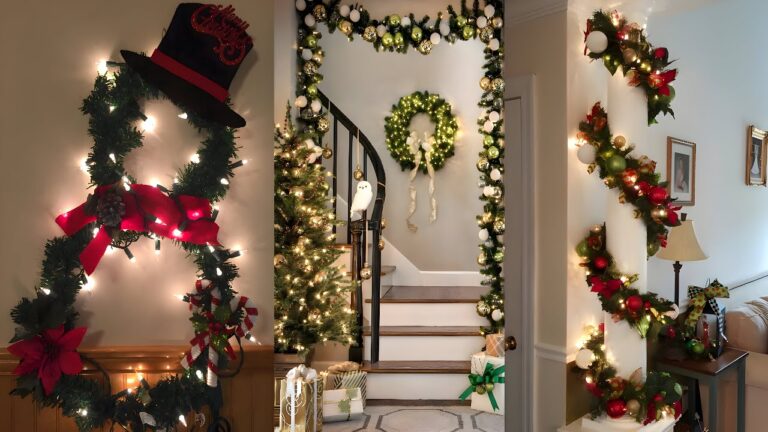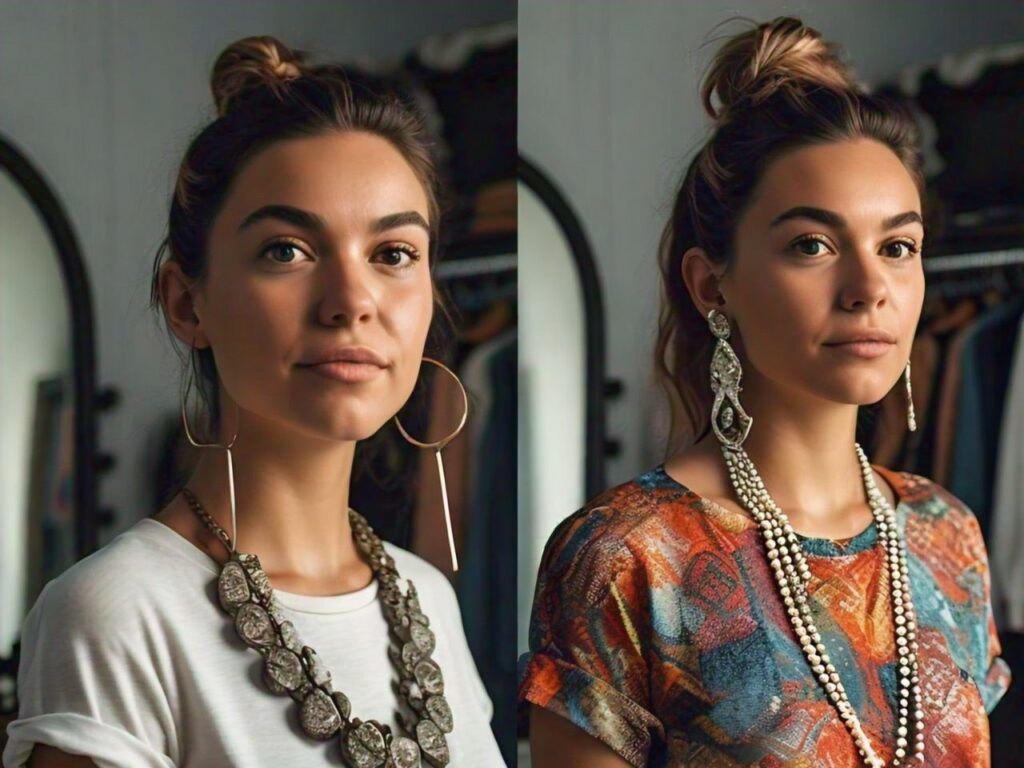
What’s good today? I’m going to recreate some of my old outfits and make them better. How am I going to do that? Well, I’m going to walk you through the whole process, and hopefully, this video can help you learn how to upgrade your outfits too. Fashion is in the details, and there are a few small but intentional choices that can elevate your daily style and make a huge impact on your overall look.
If this video helps you in any way, be sure to give it a like and subscribe if you haven’t already. Now let’s get into it.
1. Recognizing Past Mistakes: Fit and Proportion Are Key

Looking at these older outfits, there’s one thing they all have in common: they don’t fit me well, and the proportions are off. One of the biggest fashion mistakes I made in the past was not fully understanding fit and proportion. This was largely because I didn’t understand my body type.
For instance, I used to gather outfit inspiration from Pinterest and think I could just use any sweater or coat as long as it looked similar. And because I thought I had a similar body type to some of the influencers, I assumed it would look the same on me. But that was a huge mistake.
2. The First Mistake: Not Understanding Fit
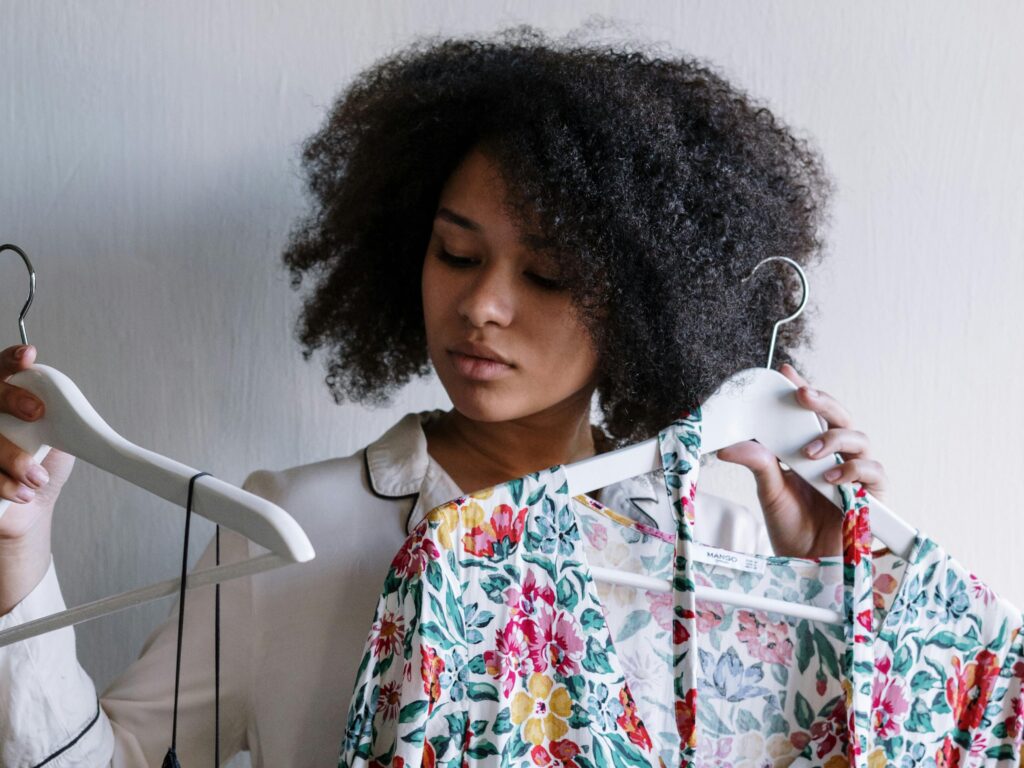
The first mistake I made was not understanding the fit of a garment. The material, stiffness, and cut of a piece determine how it will look on your body. For example, a lightweight blazer will drape and fit much differently than a wool blazer, which is much stiffer and creates a more structured look.
Let’s say you see someone wearing thick plaid pants and think, “Oh, I have plaid pants, so I can recreate the look.” But if your pants are lightweight, they’ll fall and sit differently. So, it’s important to think about the fabric’s structure when recreating outfits. The weight and structure of a fabric can make or break an outfit.
3. The Second Mistake: Not Understanding Proportions
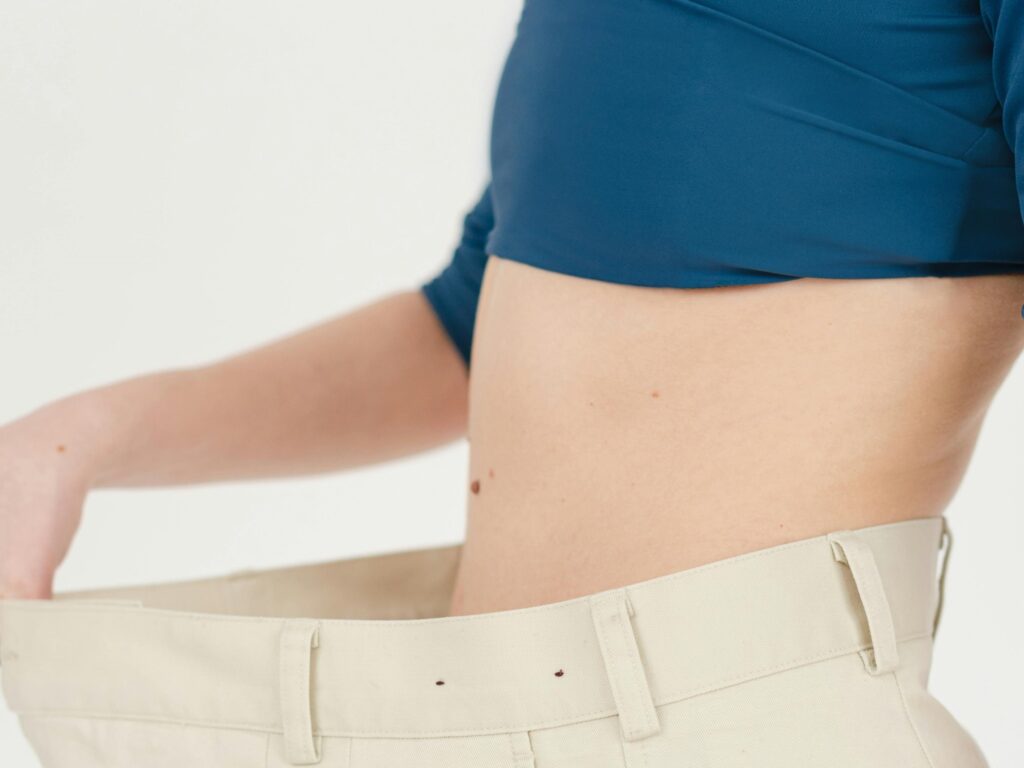
The second mistake I made was not understanding proportion. A lot of that had to do with not fully understanding my body. For example, I thought I had broad shoulders because my shoulders were wider than my hips. But as I learned more about body types, I realized my shoulders weren’t actually as broad as I thought. It was just that my hips were really narrow in comparison.
This realization was invaluable because it helped me understand how different cuts, fabrics, and styles would look on my body versus someone with a different shape. For instance, someone with a wider torso or hips will look different in a similar outfit.
4. How to Make These Insights Work for You

Now, let’s put this understanding into practice and look at how I can recreate some of my old outfits with the new knowledge I’ve gained.
Outfit #1: Fixing Too-Short Jeans and Unbalanced Proportions
The first thing I notice in this outfit is the jeans—too short. I have long legs, so short pants don’t work well for me. The solution? Swap them out for longer jeans with a slight flare. This helps balance out my narrow hips and adds proportion to the bottom half.
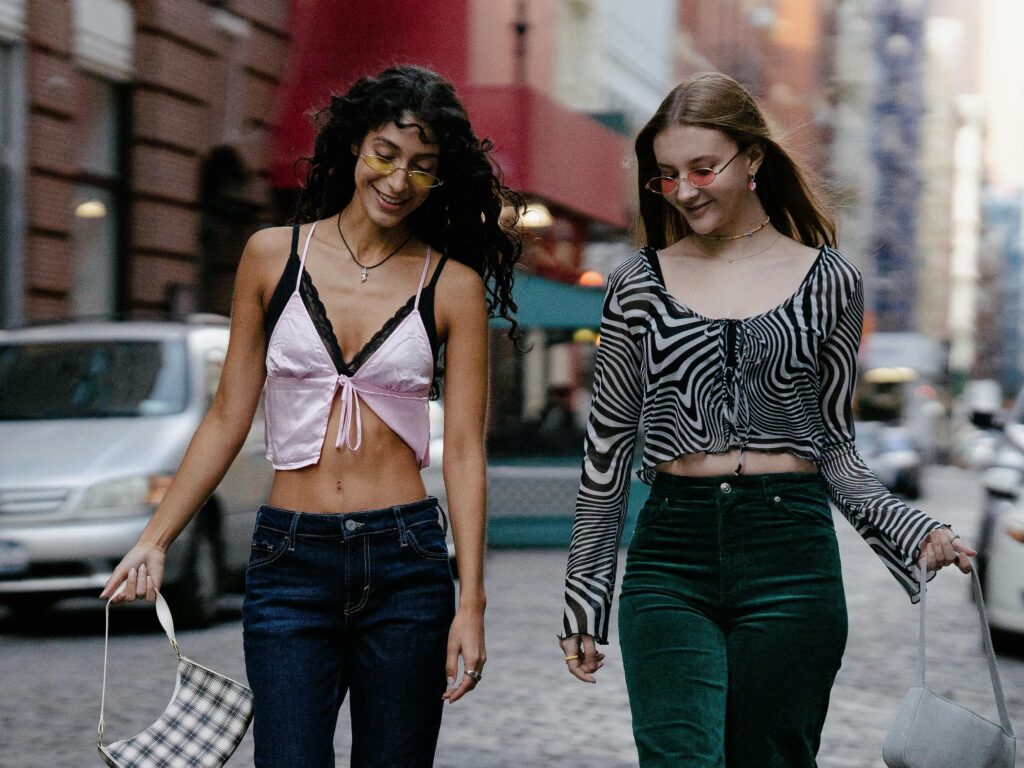
Another issue with this outfit is the contrast between the black shirt and the white pants. The stark contrast doesn’t work with my proportions. By switching the black shirt for a cropped white top, I’ve created a much more balanced look.
Outfit #2: Tapered Jeans and an Ill-Fitting Blazer
This outfit has a few issues. First, the jeans are too short and tapered, which doesn’t work for my body type. Second, the chunky boots don’t pair well with the tapered pants. And third, the blazer is snug, but the loose shirt underneath creates an imbalance and uncomfortable fit.

Here’s how I fixed it:
- Swap the jeans for a longer, slightly flared pair.
- Replace the loose shirt with a v-neck bodysuit for a cleaner, more structured look.
- Finish with narrower black booties for a sleeker finish.
The result is an outfit that’s more balanced, stylish, and comfortable.
Outfit #3: Clingy Tops and Too Much Fabric
In this outfit, the shirt is thin and flimsy, which causes it to cling to my body in all the wrong places. This made me uncomfortable because I was constantly adjusting the shirt. The fix here? Swap it for a thicker, more structured graphic tee that falls nicely on my body. The structure of the fabric means no more clinging, and I feel much more confident.
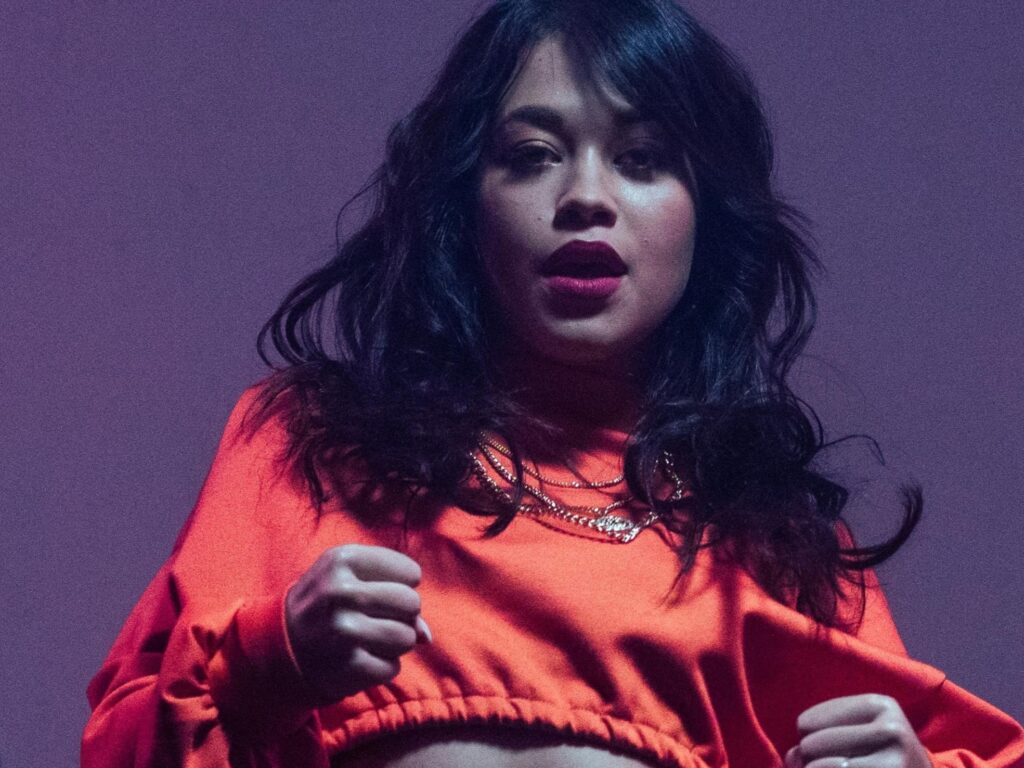
The pants I was wearing in this outfit were also problematic. They were business casual trousers—great pants, but they were too short and tapered. Instead, I swapped them out for pleated, slightly flared trousers that add volume to my hips, creating more balance.
I also adjusted the color palette for a more cohesive look, going with more neutral tones.
Outfit #4: Top-Heavy Look and Skinny Jeans
This outfit had two major issues:
- The oversized furry jacket made my top half look much larger than the bottom, which doesn’t help when you have narrow hips.
- The skinny jeans didn’t do anything for my body. I have long legs, but I look like a pair of training chopsticks in skinny jeans.

To fix it:
- Swap the skinny jeans for flared pants that balance out my shoulders and help create an hourglass silhouette.
- Opt for a more monochromatic look to reduce the contrast between the top and bottom.
- Add high-top sneakers for a more balanced bottom half.
The result is a much more balanced and flattering look.
5. The Importance of Fabrics and Comfort
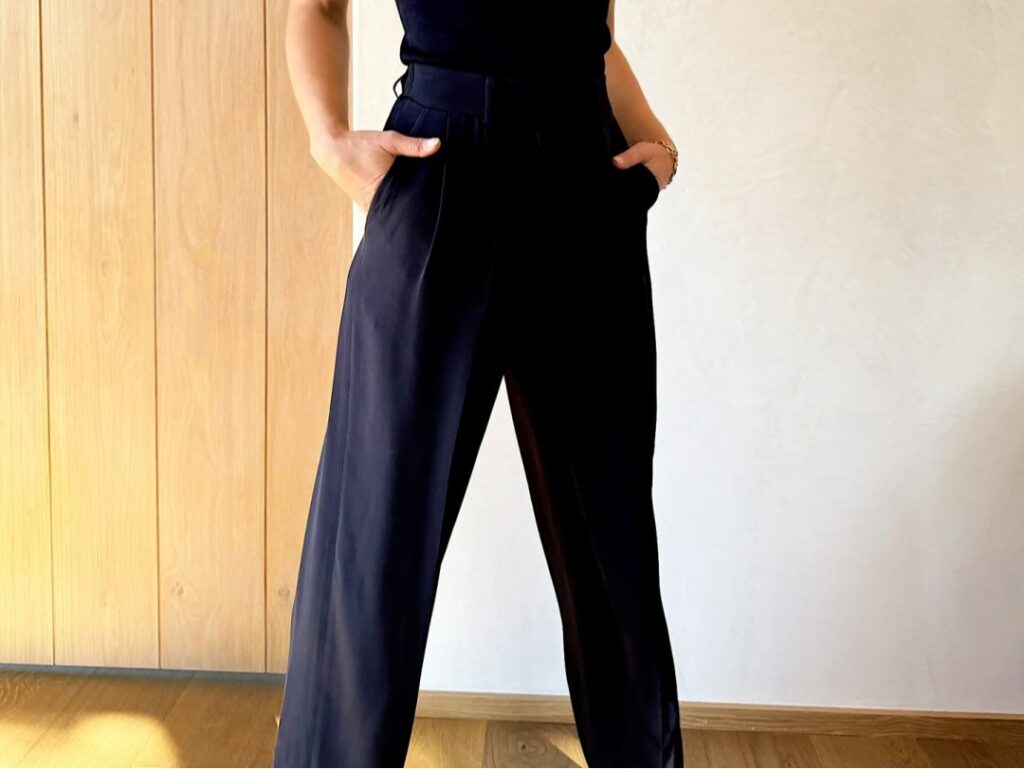
One thing I learned throughout this process is how important fabric choice is. The flimsy shirt I wore in Outfit #3 clung to my body in uncomfortable ways. Switching to a thicker, more structured graphic tee made a huge difference. Fabric can either make you feel confident or constantly adjusting your outfit. Choose fabrics that are comfortable and flattering for your body type.
6. The Power of Accessories and Color Coordination

Lastly, accessories can make or break an outfit. In one of the outfits, I used a red bag to tie together my shoes. This made my outfit feel more cohesive because your eyes are drawn across the entire outfit—from top to middle to bottom. Without the bag, your eyes would just be drawn to the shoes.

